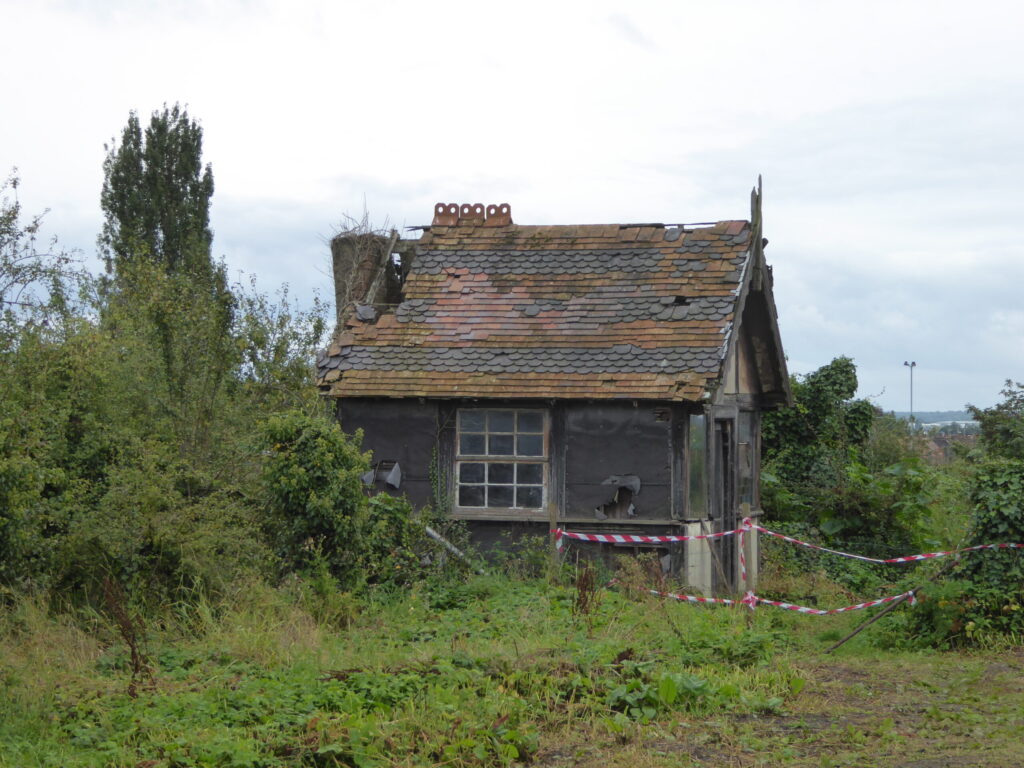
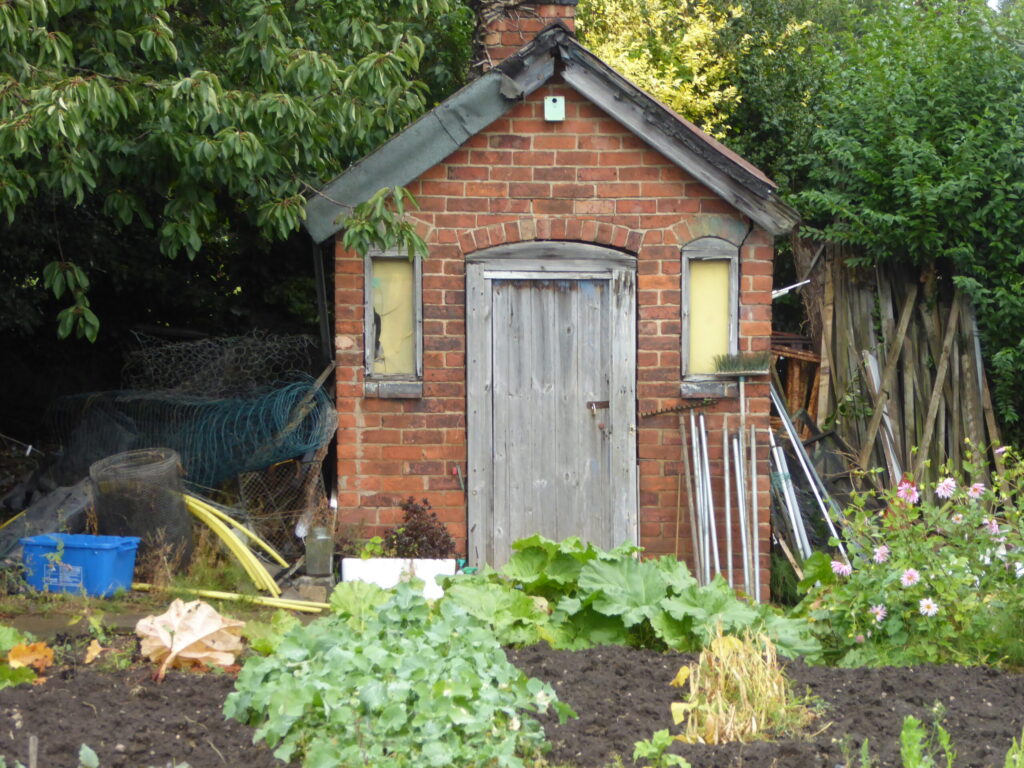
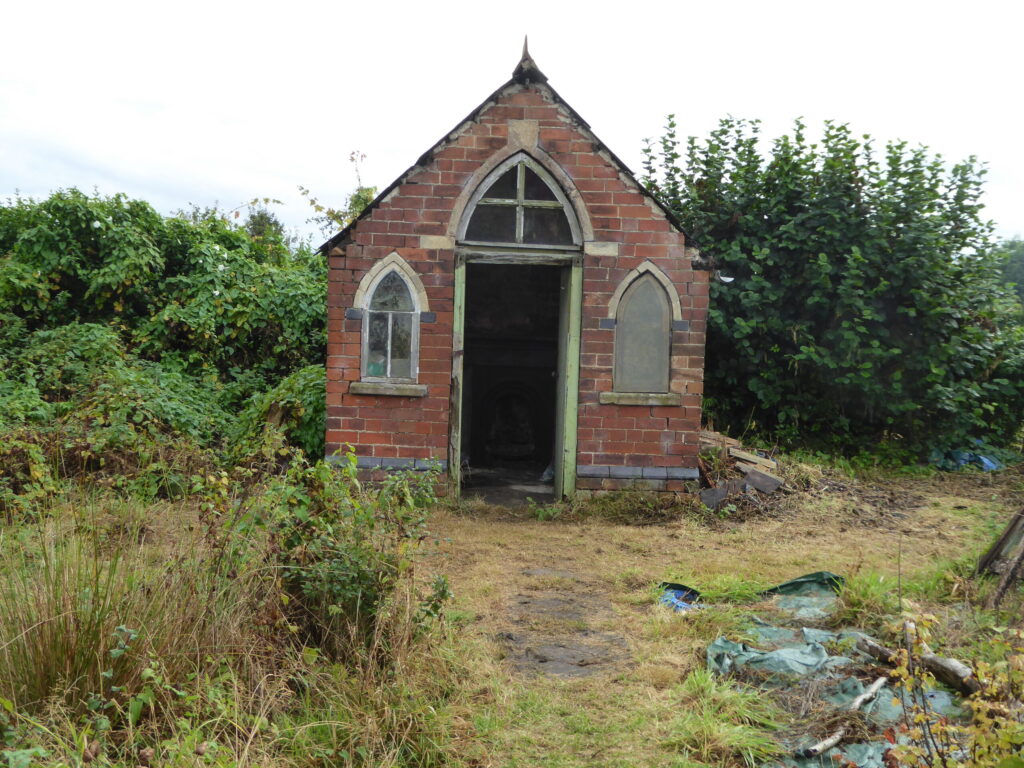
One of the wonderful things about Heritage Open Days is that they give you the opportunity to see fascinating features that are not normally open to the public. This year there were a number of “new” sites that had not been open on Heritage Open Days before. One of these was the fabulous Stoney Road Gardens – known locally as Park Gardens.
The site is one of the few remaining plots of the original Cheylesmore Park, owned at times by various members of the English Royal family, including Queen Isobel, Edward the Black Prince and King Henry VI, who lived in nearby Cheylesmore Manor. The site is currently owned by the City Council and managed by the Stoney Road Gardens Association.
The Gardens are Grade II* listed by Historic England. In the late 18th and early 19th Century, many larger towns had groups of small rented gardens forming a ring around the densely developed town centre. These pleasure-garden plots were typically subdivided by hedges into individual plots of between an eighth and a sixth of an acre, which were laid out for ornament and the comfort of the owner; the gardens were used to grow a mixture of productive and ornamental plants. The expansion of towns in the 19th Century destroyed the majority of 18th Century rented town gardens, but a number of gardens of similar size and function were laid out in the first half of the 19th Century, including Stoney Road, which is one of only four “detached gardens” listed on Historic England’s Register of Parks and Gardens of Special Historic Interest as surviving relatively intact.
The Coventry gardens provided land for workers in the city’s traditional industries such as silk weaving and watch-making, who tended to live in crowded conditions within the medieval city walls. The gardens appear to have been commenced shortly after 1853, and by 1887 the northern half of the site had been laid out as small gardens enclosed by hedges and divided by tracks and secondary walks. By 1889 the southern half of the site comprised seven meadow enclosures or paddocks. By 1913 a further area of hedge-enclosed gardens had been created in the southern half of the site, while conventional allotment plots were laid out adjacent to the railway. In the mid 1930s a strip of gardens fronting Stoney Road to the west was developed with semi-detached houses, and Stoney Road, which until this time had been a dead-end, was connected to streets which were being developed on the former park to the west.
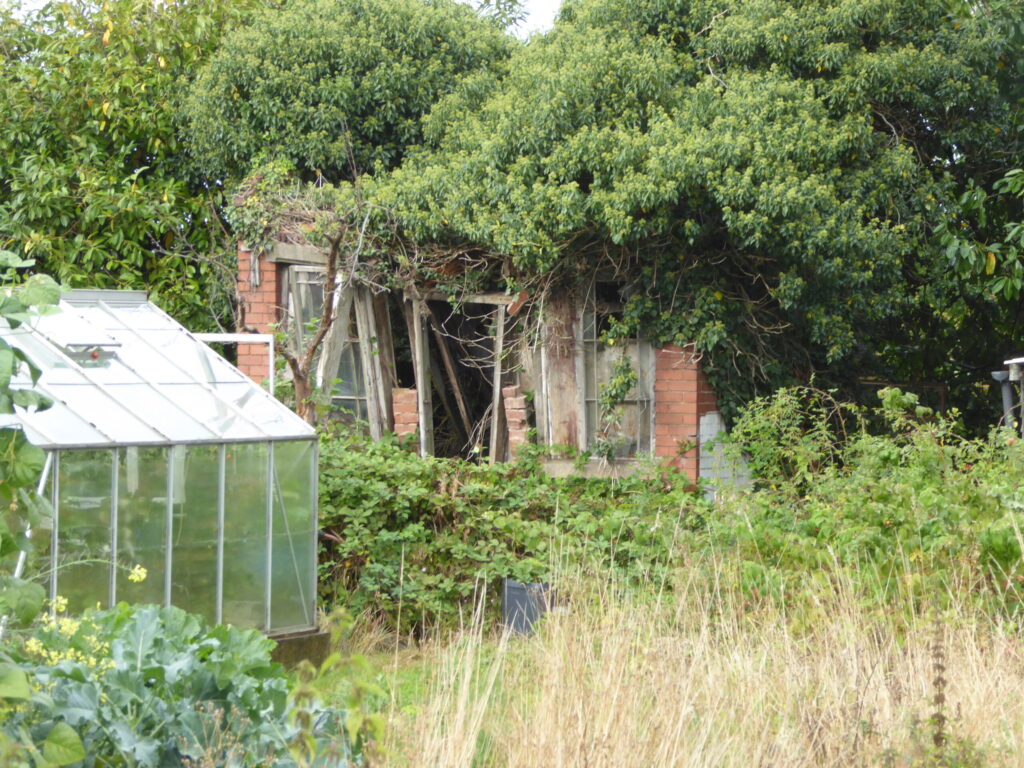
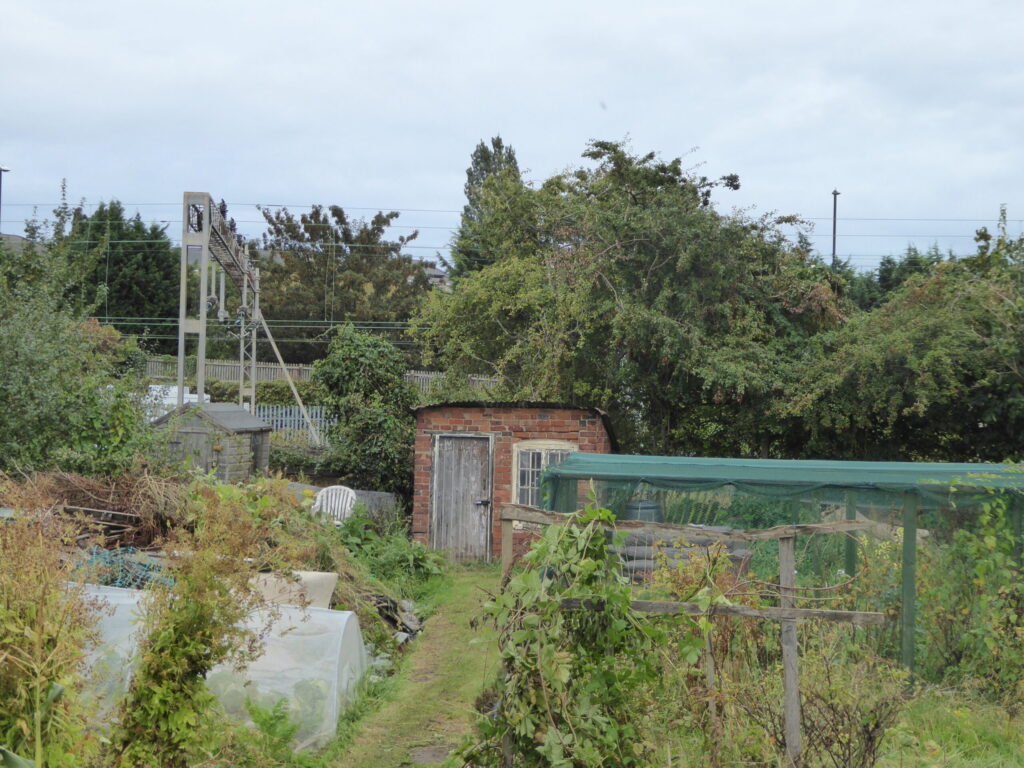
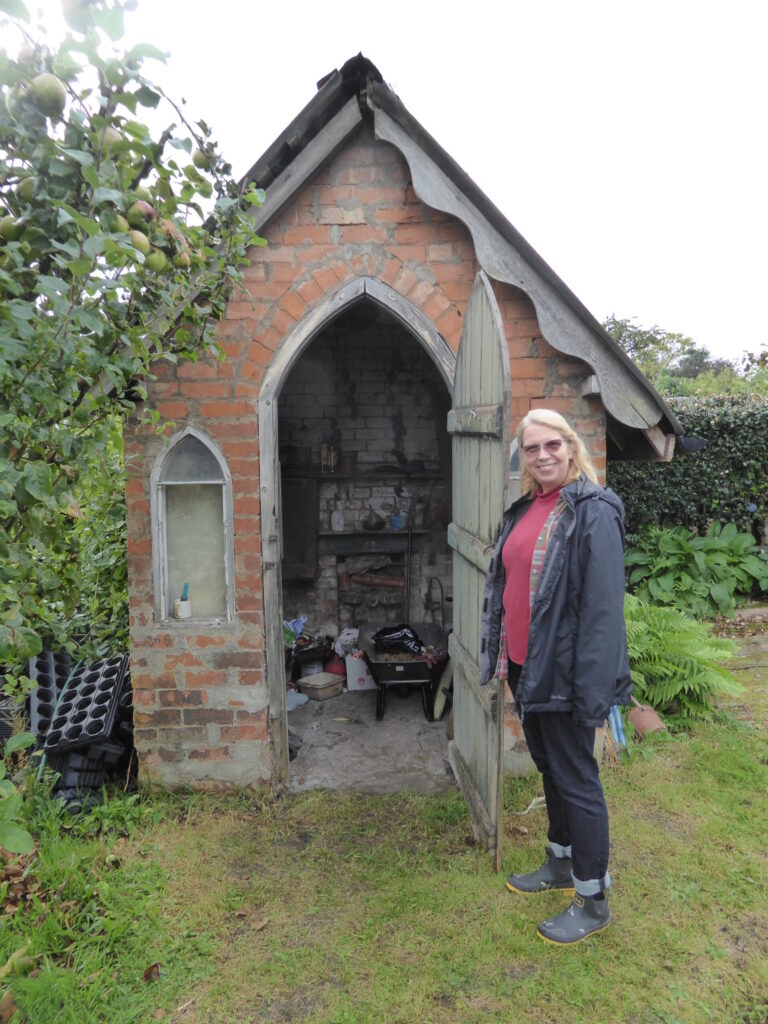
The most notable feature of the Gardens is a group of seven summerhouses which survive from the large number of similar structures shown on the late 19th and early 20th Century OS maps. Many include fascinating details, including chimneys, fire places, internal panelling and windows and it is thought that they were lived in for at least part of the year.
The summer houses are in particularly poor condition and have been designated as being “At Risk” by Historic England. The Gardens Association is applying for grants to restore them to their original condition.
You can follow progress with the restoration of the Gardens on their facebook page
We wish them well!
